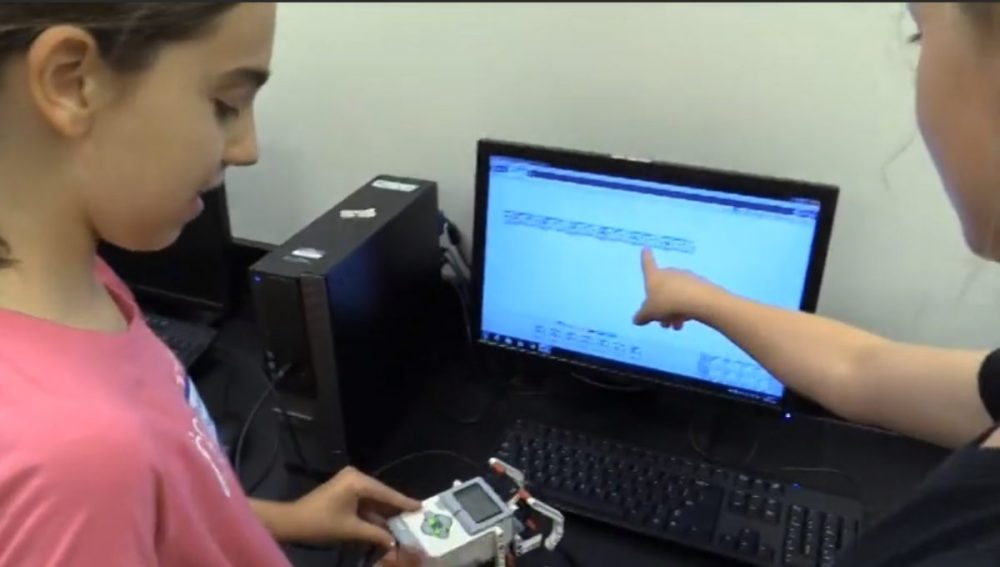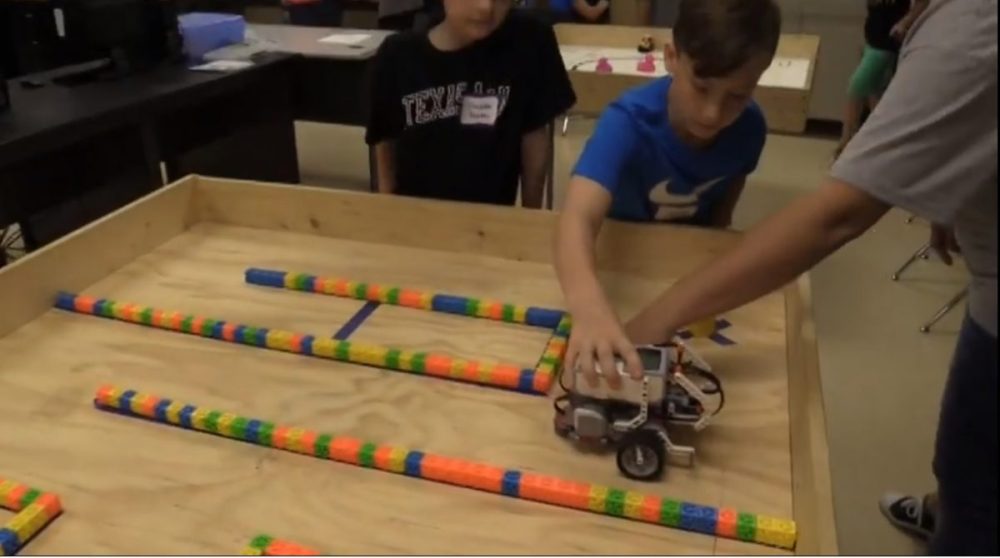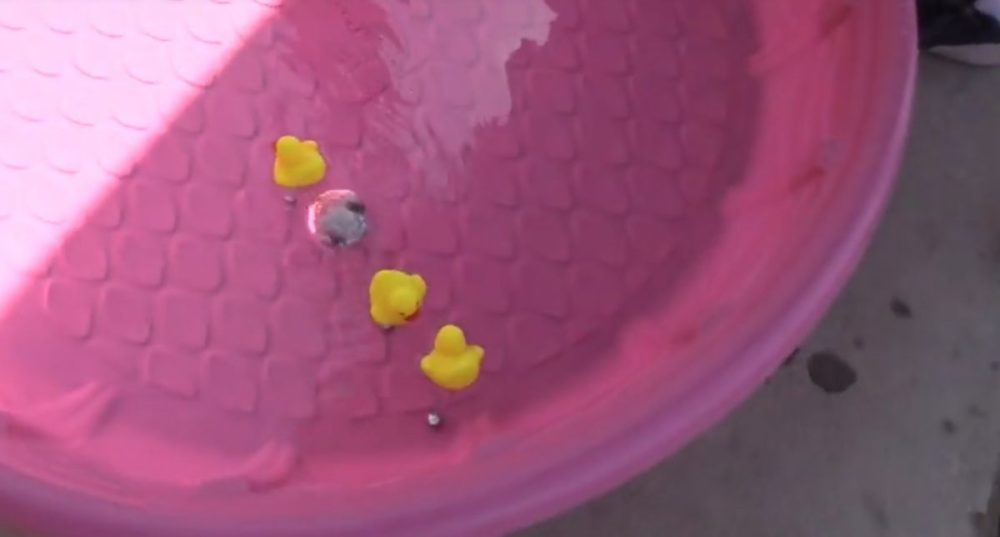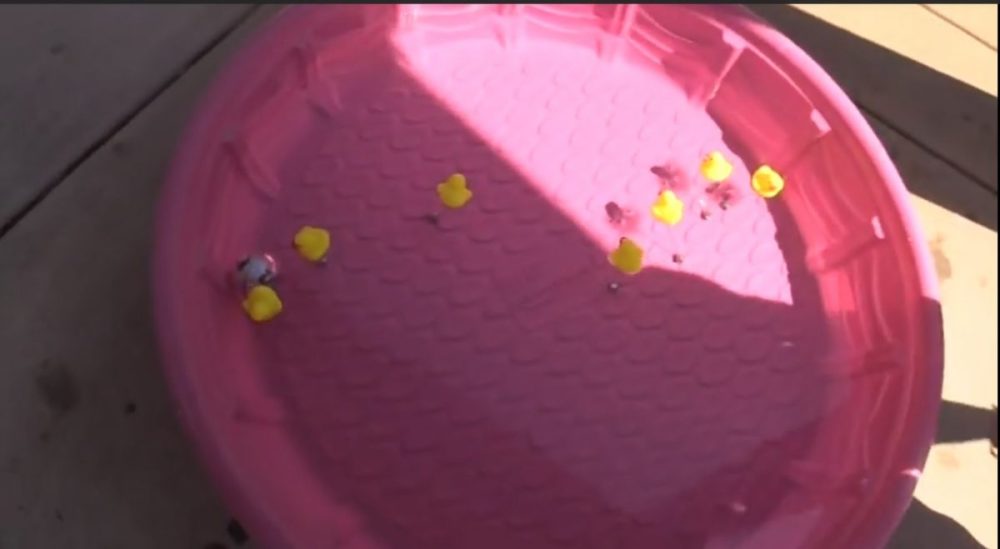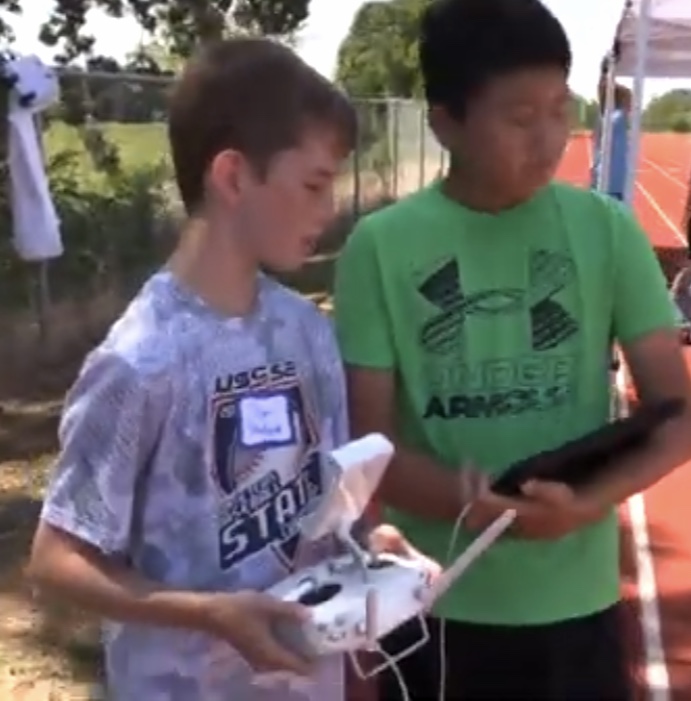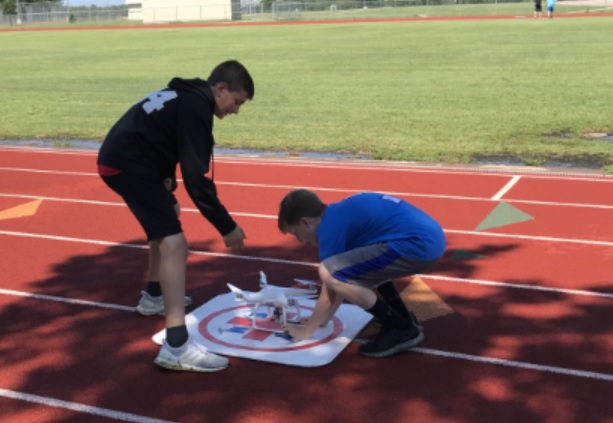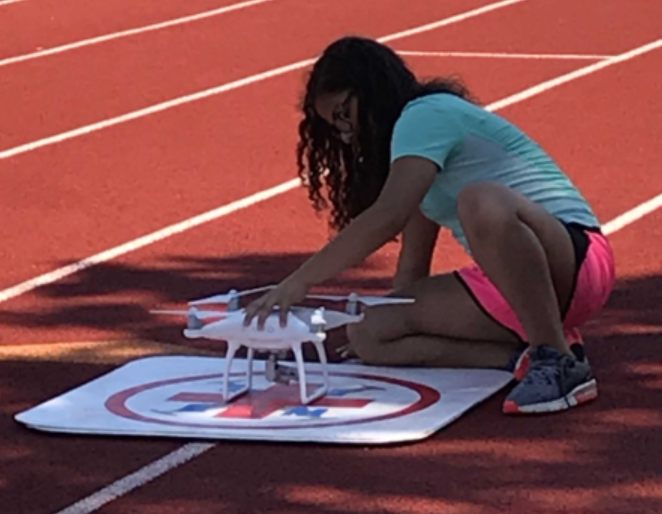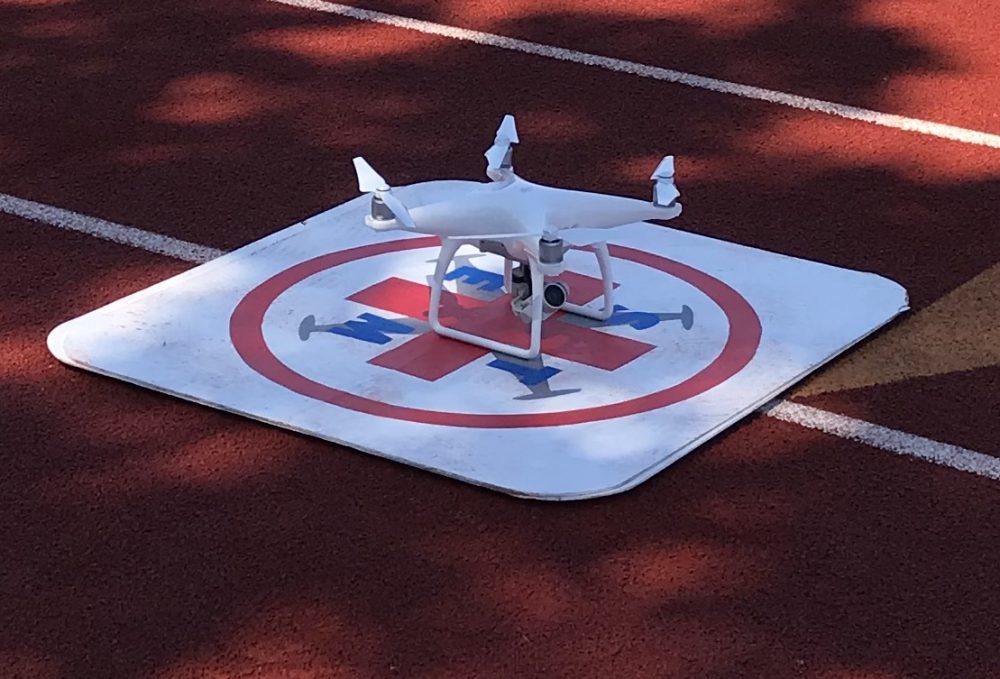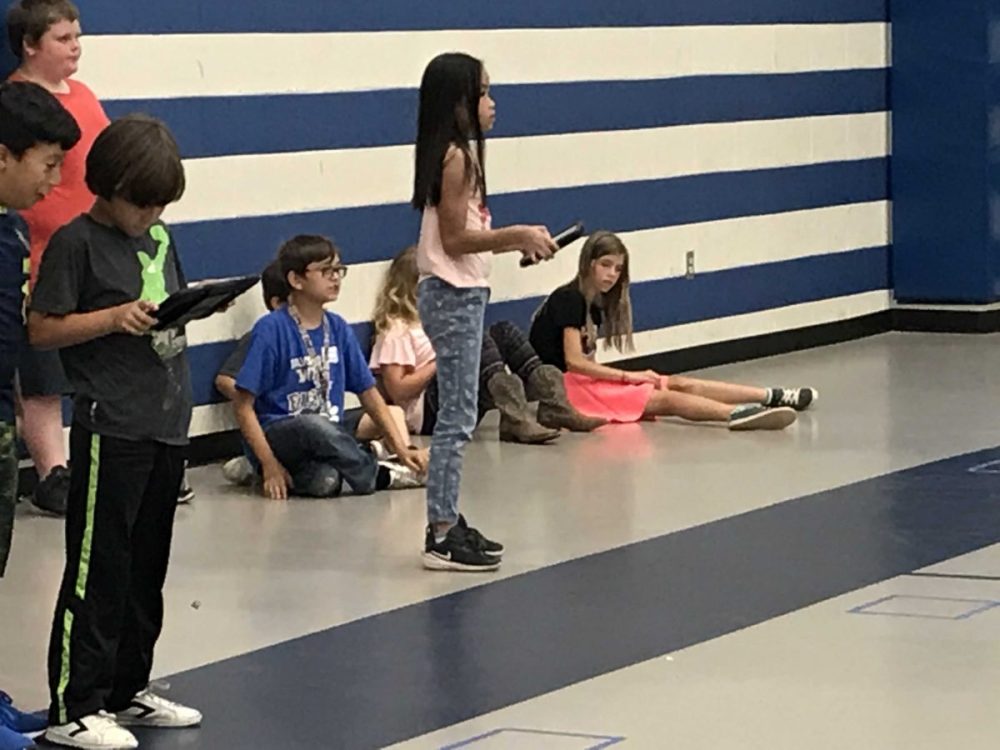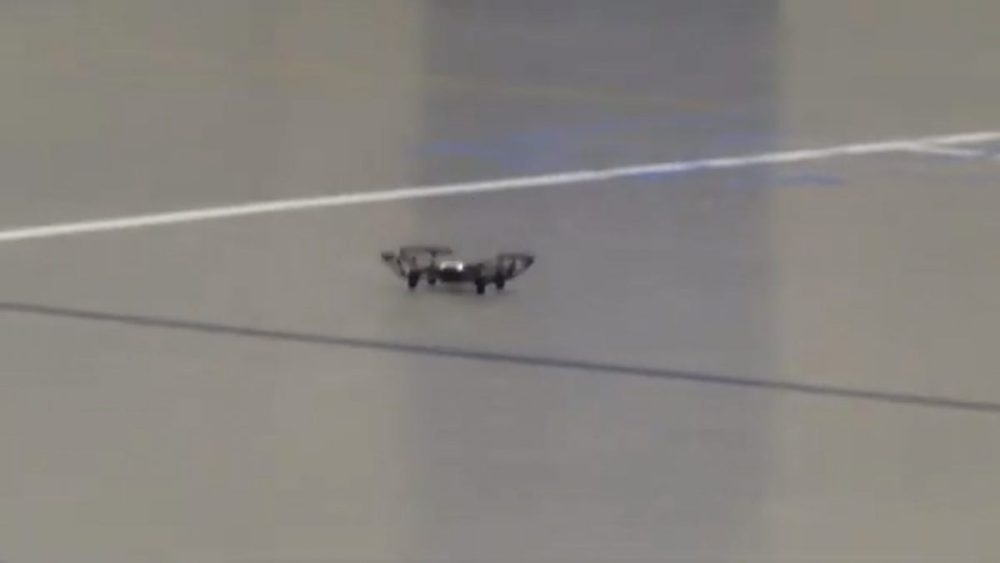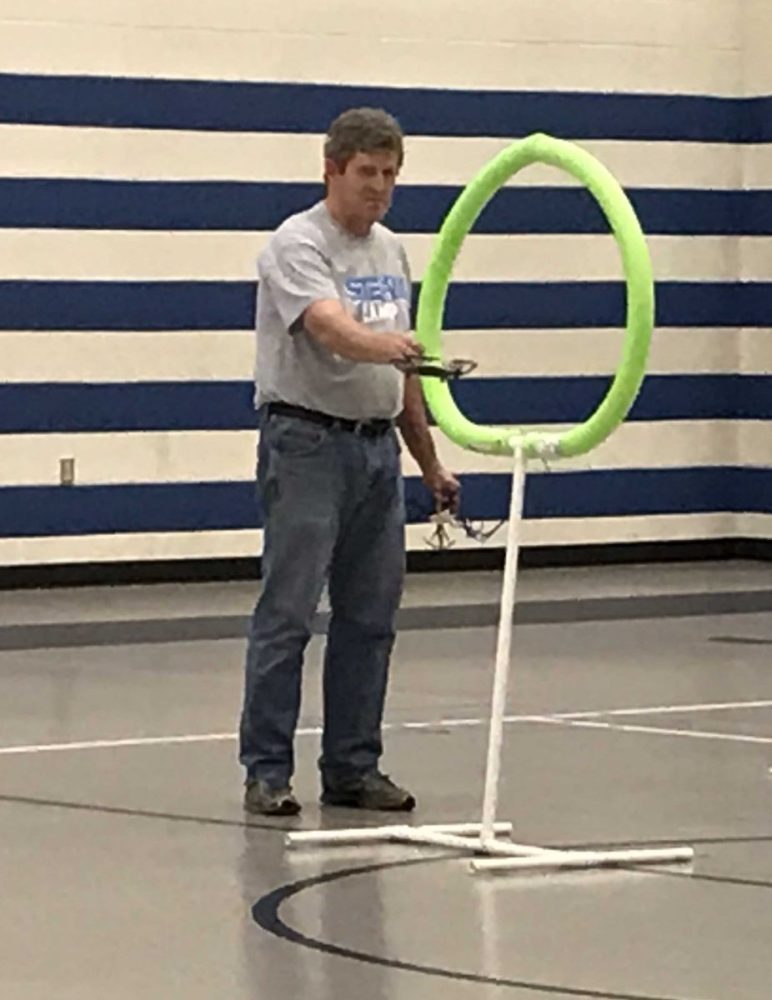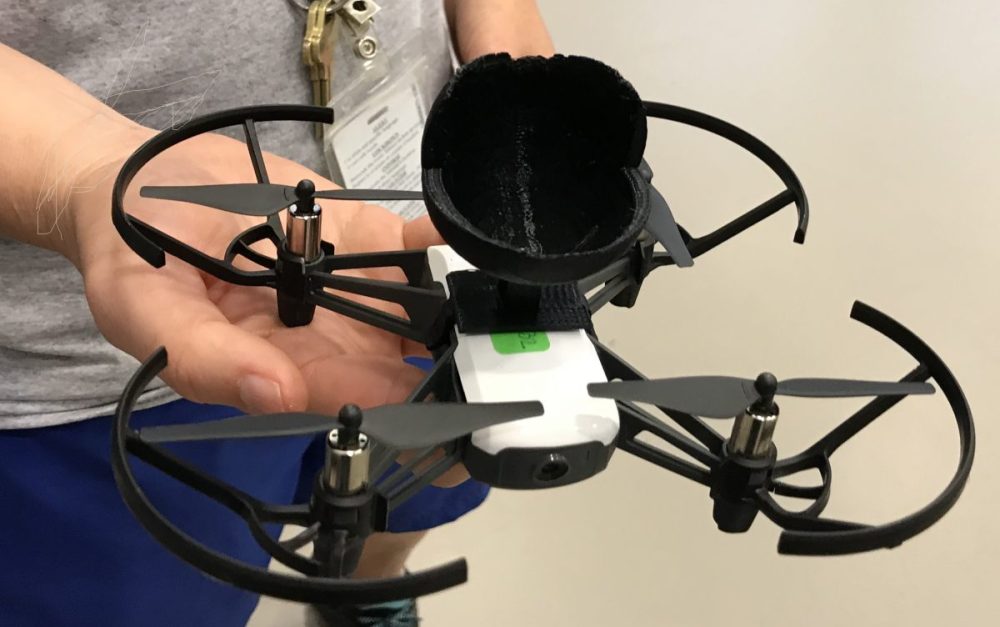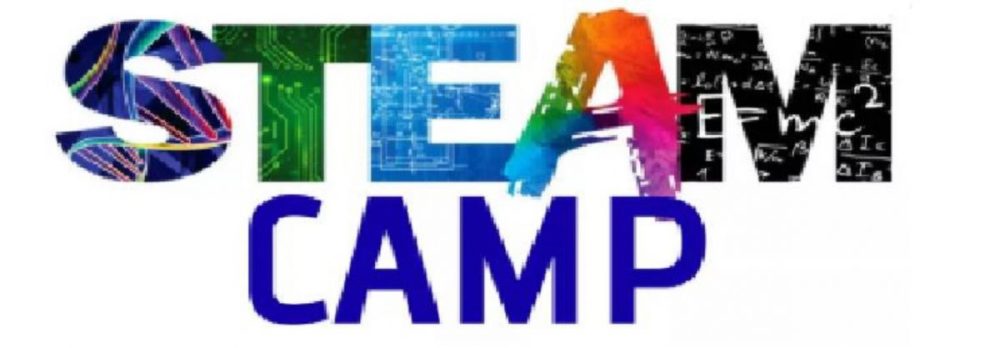
Sulphur Springs Independent School District this week offered STEAM Camp for students in grades 4-8.
The three-day enrichment program offers students a fun, creative, hands-on way to learn science, technology, engineering, artist and math disciplines using robotics, circuits, coding, and more to explore their interests in math, science, engineering, art and programming in fun and engaging ways. Students were constantly working, employing critical thinking and problem solving during the three hours they attended camp.
In fact, staff said many students didn’t realize just how many STEAM skills they were learning and honing while programming drones and robots to navigate mazes on land and in water, as well as planning and carrying out a challenge using drones, and testing and competing in races and skills challenges with mini drones.
This year, approximately 60 students attended the camp, put on by 12 adult volunteers as well as an eighth grade helper, at Sulphur Springs Middle School. The student helper enjoyed Kelly Shutt’s computer science class at Sulphur Springs Middle School as a seventh grader and was on a robotics team last year. She also participated in the camp the two previous years and this year, and asked to be a helper this year, according to Shutt.
Students were divided into groups by grade, with seventh and eighth graders grouped together, rotating among four different educational stations over the course of the three-day camp, held at Sulphur Springs Middle School June 18-20.
One station involved use of Lego Mindstorms EV3 robots. The basic structure was put together. Students then as their first task had to construct the arm, put the motor together and connect it with cables.
Students used a computer to program a remote, which was used to guide the robot through two different obstacle courses. Students had to figure out things like distances, how sharp the turns should be and how far to turn, what the rotation is, then make modifications to try to get each robot to not only navigate the mazes but to pick up an object and deliver it to the designated spot within it.
Students use code to program the Mindstorms robots. They use a cable to connect their device to the computer, then code using numbers to make it do what they need it to do. For instance. Negative and positive numbers, and the number itself determine which direction their robot’s wheels turn, the rotations of the wheel and when it will stop.
One of the two courses for the Lego robot requires the students to program their robot to travel the course, retrieve the “cheese” and carry it to the “mouse hold.”
At a second station, student pairs worked to have their Sphero robot navigate around tethered rubber duckies in two rows to get to a designated point on the other side of a wading pool. Students also were required to program their robot for this challenge. After all had completed their challenge rounds, they did races.
A third station at camp involved flying Phantom 4 drones for missions. After learning necessary safety measures and precautions, the students were given two mission challenges.
One challenge tasked the youth with using their drone to aid in an organ transplant. They were challenged with making a box for the organ. Working outside, students used the track from which to fly the drone, with the goal post on the football field serving as a mountain range which they had to figure the distance, then fly the drone around to deliver the organ.
Another utilized the drone for search and rescue purposes. Students for this scenario had to code their drone to comb the field looking for “victims” of a “plane crash”. Barbie dolls were scattered across the football field. Once spotted, the students would fly the drone over and, using a camera on it, look for injuries, which they would report back to emergency crew to prepare them. The students had to program the drone to be able to land it when they saw the victim using the camera on the drone. The drone would then send a GPS location to an emergency crew for response. The students got to manually fly the drone for that exercise.
At a fourth station, students manually flew Tello mini drones, which can be programmed and manually flown.
One task required the students to fly their mini drone through hula hoops in the gym raised in the air, with each hoop worth a different amount of points. Each student had to plan out their course, figuring out measurements. Some used creative processes to calculate distances and program their robot.
Students started out at camp coding the drone on an iPad. However, due to some difficulties in communications, students engaged in more manual flying than coding, according to Shutt.
They then flew their mini drone for a specified amount of time, then landed. Wherever the mini drone landed, the next student in line took over.
Another challenge for the Tello drones was the short lifespan of the batteries. They last only 13 minutes.
Also, using a half sphere clamped on the Tello, students put a Nerf ball inside, then flew it. Each Tello had the capacity to flip, so the students flew them the ball to baskets or cubed crates on the gym floor, then dumped it into the receptacle, as if making a basketball dunk.
Students reported having fun while being challenged and learning during the three day camp.


